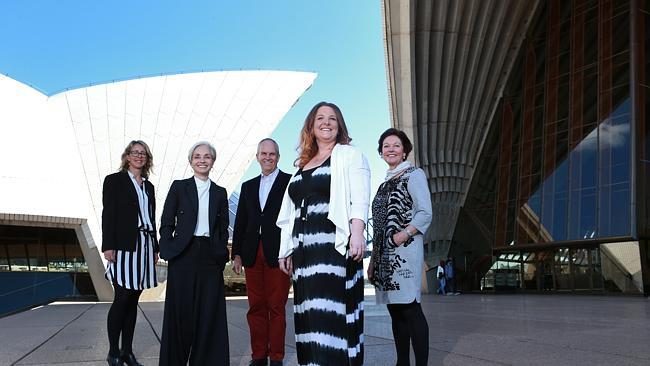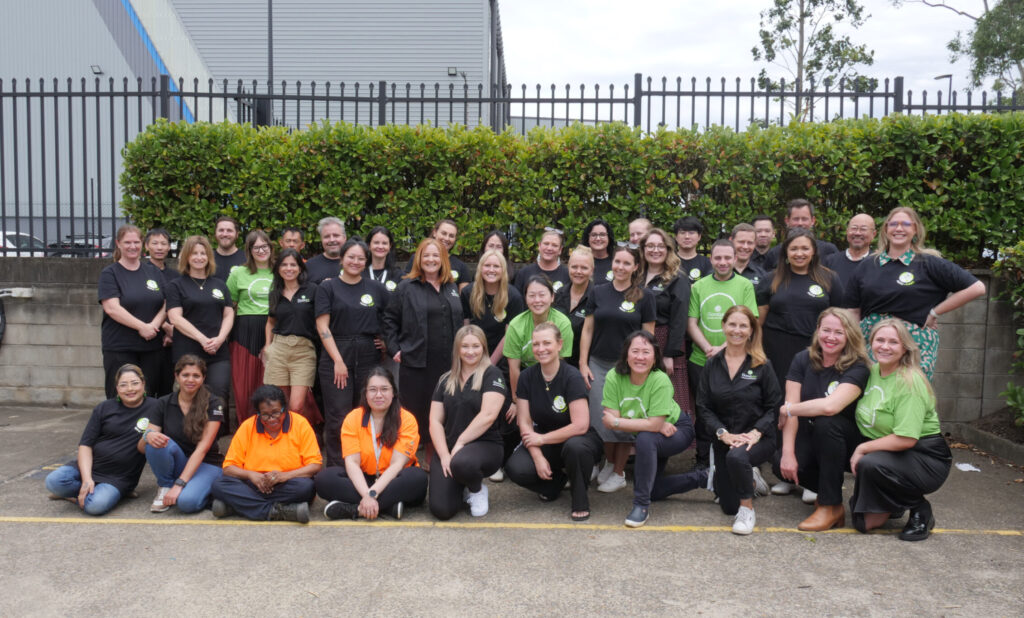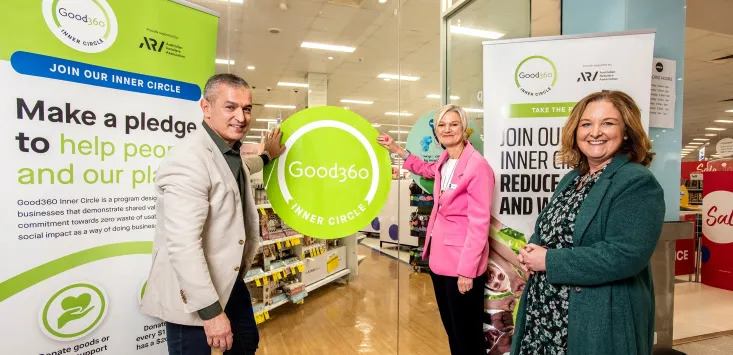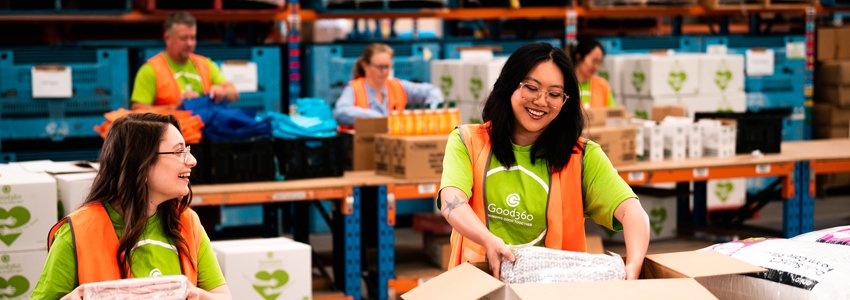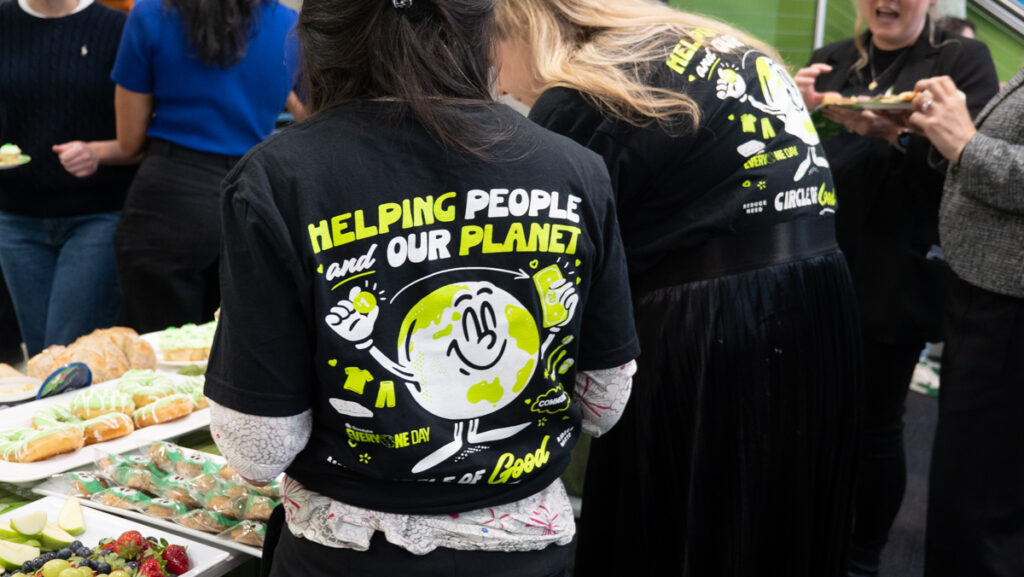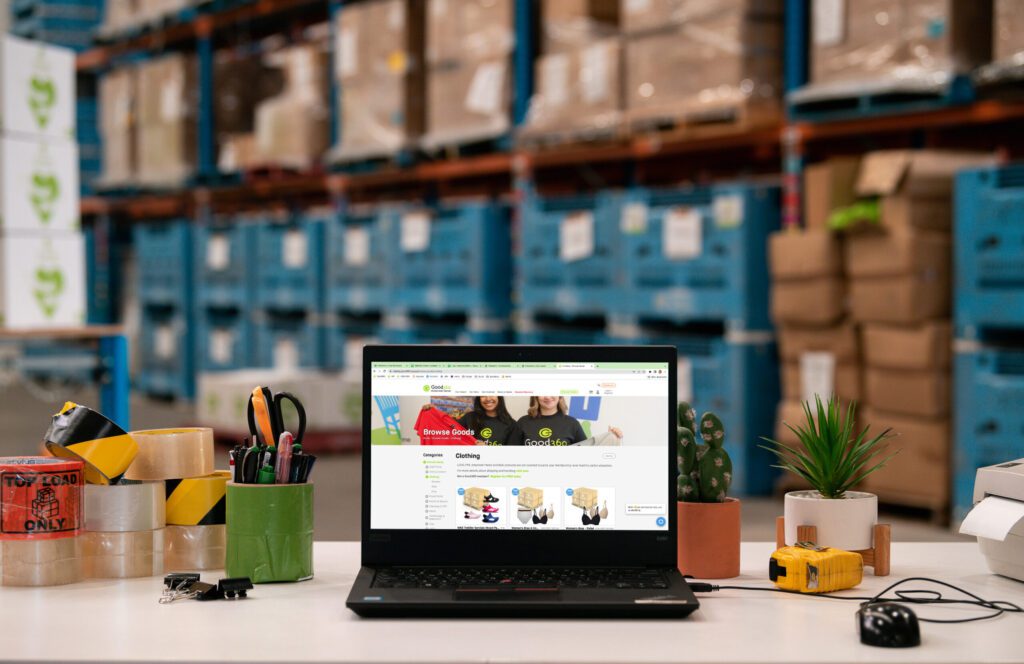Published by Connecting Up
The 21st Century is the era of disruptive technology. Web 2.0, cloud computing, and artificial intelligence are just a few tech innovations that, once they were widely adopted, changed the way we worked.
Nowadays, these technologies change rapidly and exponentially; a breakthrough in one area gives rise to a myriad of other innovations. Modern business needs to move at breakneck speed to keep up, and charities and NFPs are no different.
But rather than just keeping up, is it possible to exploit technology trends to the benefit of our cause? How can we make sure we are making the most of our tech?
What Tech are Charities and NFPs demanding?
At Connecting Up, we are in a unique position regarding rapidly evolving tech. We are a NFP ourselves, but our mission involves being at the bleeding edge of the latest tech changes and the ways the sector can benefit from them.
We can also see where demand is for technology and software products in the sector. Our three most in-demand offerings – in order – are:
– Microsoft products – Office 2016, Operating Systems, and Windows Server applications
– Desktop, laptop, and tablet computers
– Adobe creative products
This demand can tell us a few interesting things.
Firstly, organisations have realised that running a networked environment is vital for integrated communications and efficient administration. Where Office 2016 and Windows OS run on individual machines, Windows Server applications such as Office 365 and Sharepoint connect them to a shared workspace.
Secondly, having machines that are capable of running increasingly resource-intensive applications is crucial; the useful life of the average PC or laptop is at the mercy of the applications they run.
Thirdly, creative design solutions play a significant role in what we do as NFPs, and it’s not just about communication and marketing. User Experience (UX) design is becoming more and more important because our fundraising efforts and services to the community are moving from physical locations to being conducted and delivered online.

Tech Trends Impacting the Sector
The question is – these technologies are in demand but are they enough to make the most of what the future holds?
There’s always a lot on the horizon in the tech world, but there are three major trends that charities and NFPs should be conscious of:
On-demand web services
We may be familiar with content streaming services such as Netflix and Stan, but it doesn’t end at entertainment. Education and learning are moving online in a big way, along with the “as a Service” family of web applications, including Software as a Service (SaaS), Platform as a service (PaaS), Infrastructure as a Service (IaaS), and Business Process as a Service (BPaaS).
AI, Machine Learning and the emphasis on User Experience
For some people, terms such as “AI” and “Machine Learning” may conjure up mental images of bad 60s sci-fi and portents of future technological doom. But if you use everyday things such as Google, Facebook, or online shopping websites, you are already familiar with these.
We are used to Google finishing our sentences for us when we search for something. We are used to Facebook showing us what it thinks we want to see. And we’ve all used an online customer service chat box at least once. Machine Learning is what allows Google to show you the most relevant search results. The AI behind Google Translate famously became a lot better at Japanese one dayin November 2016 with virtually no human input. And today’s chat bots are so sophisticated you probably don’t realise you are actually talking to a piece of software.
It’s such a seamless experience that we don’t realise the technology behind it. And it’s such a seamless experience because the driving factor is UX. The end goal is for the technology to do all of the heavy lifting so human beings barely have to lift a finger.
Moving to the Cloud
The Cloud, although often misunderstood, is actually a relatively straightforward concept. It all comes down to where the data lives. If it lives on a hard drive in your computer it is “on-premise”; if it lives on the Internet, it is in “the Cloud”.
Again, you are probably very familiar with Cloud Computing without realising it. If you use Dropbox to store your files, you are using the Cloud. If you’ve used Google Sheets to do your budget, you’ve used Cloud Computing.
The “as a Service” family of software applications are delivered via the Cloud, but it doesn’t end at using a web app. Server storage, operating systems, even business processes such as HR, payroll, and donations admin, can now be done in the Cloud or outsourced to an “as a Service” application.

How Charities can Exploit the Trends
It’s clear, then, that it will be small steps, not big leaps, for charities and NFPs to take advantage of tech trends. The good news is most organisations will be halfway there without realising it, and you can obtain many of the tools and services involved at low or no cost.
Move to the Cloud to streamline business processes, communications, and operations
Making the move to Office 365 or Sharepoint is a big investment of time and resources. But you can make a start with low- or no-cost tools for Cloud storage, instant messaging, and email. Most desktop applications now have Cloud counterparts, and software vendors often offer incentives for making the switch.
Once things are up and running, you can look into low- or no-cost applications for case management, donations administration, mass email communications, and project/task management. The fact is, if there’s a process or system you need, there’s more than likely a Cloud application for it, and it might not cost as much as you think.
Focus on User Experience
Go with the flow of making it easy for people to find you, interact with you, and take advantage of your offerings. Obviously, marketing automation platforms and AI interfaces are out of the reach of most charities and NFPs, but it could be as simple as making your website easier to use or redesigning your print material.
Cutting down on the paperwork involved in donating or volunteering will also benefit what you do. Moving these systems online and using inexpensive EFTPOS facilities can be quick wins in this area.
Make use of digital content delivery platforms and systems
With limited resources to go around, it can be difficult to take someone away from what they are doing to write blog posts or social media updates. But having an active content presence is important in 2017, so the time investment is worthwhile.
Your website’s blog, your organisation’s Facebook page or YouTube channel, even your mass email communication platform – dust them off and start producing content. Going a step further into outreach, Facebook ads and Google ads are an inexpensive way of getting your message out there, and there are some decent discounts for charities and NFPs.
Changes in Tech are a Good Thing
There’s no reason to be afraid of the rapidly evolving world of online tech. In fact, the changes all make it easier for you to fulfil your mission. There are low- or no-cost ways for you not just to keep up, but exploit changes in tech, and there are many resources to help you.
So take the plunge and try out some Cloud Computing applications. You might be surprised just how easy it is to get into the swing of it!

